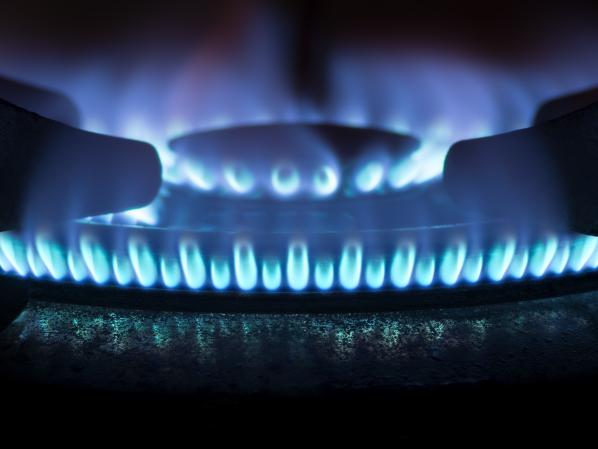In early January, several news organizations published articles about the hazards of household gas-burning stoves. Numerous studies indicate that gas stoves in our homes may be emitting several harmful pollutants that could affect the health of our families. Both state and federal agencies are now considering action to limit or ban gas stoves in new building projects. This news generated some lively discussion about gas burners during a break at one of our food protection manager certification classes.
The current news attention has focused on household stoves. But, should we be concerned about standing next to the huge gas-burning stoves in our commercial kitchens? The obvious answer is yes. Certified food protection managers should be concerned about all kitchen employee safety issues and should monitor gas burner studies to gather more information.
But a couple of information points should be highlighted before we start worrying about completely changing our kitchen operations:
- The study results have not even mentioned commercial kitchens
- Ventilation in our kitchens is much different than what is found in a household kitchen
- As professionals we have the knowledge to properly clean and maintain our stoves to make them more efficient and reduce harmful pollutants
This week we’d like to share how a food protection manager can solve the problem of inefficient gas burners.
A Food Protection Managers Guide To Keeping Your Gas Burners Clean and Efficient
If you’re noticing that the burners that you use most frequently aren’t as efficient as they once were, the problem may be easily resolved with a thorough cleaning. Three sure signs food protection managers can use to determine if gas burners may be in need of a little care include:
- Uneven heat distribution
- Flames at one or two burners aren’t as hot as they once were
- Yellow flames mixed with blue
All three of these signs indicate that your gas distribution is being interrupted somewhere in the cap and head of your gas burner assembly. Your gas burner head is the round portion where the gas meets the flame from the pilot light and ignites. If you take a close look at this assembly, you will notice small, pin-point holes circling the head. These holes are where the flame comes from. If they become clogged, the gas cannot escape as quickly. This altered flow causes a lose of heat and release of additional pollutants from your gas burner. This will cause weak yellow flames as spilled debris chars into carbon.
How To Clean Gas Burners
These assemblies are generally easy to remove and clean. Check for clogged burner holes. Often a simple toothpick can break free the debris that was interrupting the gas flow and producing a weak, yellow flame. Keeping burners in top shape may take a little more than clearing clogs occasionally. Food protection managers should schedule regular gas burner cleaning. The process should remove and thoroughly clean the entire burner head. This will remove grease, spilled food product, and dirt from your burner.
If you’re experiencing poor performance in your entire range, the issue may take more than a simple cleaning to resolve. We strongly recommend that you consult a professional rather than attempt to fix the problem yourself.
At Safe Food Training, we endeavor to help our customers with much more than food manager certification in MN. We’d like to know if you have any kitchen equipment topics that you’d like to see us cover in the future. We appreciate all of your comments, and would love to see them below.

